Products
Metals
-
Selenium (Se)
Selenium (Se)
Selenium is a non-metallic element that exists in three forms: black glass, red crystal, and gray metal. First commercialized as a glass coloring agent to replace manganese during World War I, selenium is used today in small amounts in a wide range of applications, including electronics, pigments, photographic X-ray rectifiers, photovoltaics, alloys, and pigments. Recently, its areas of application have gradually expanded to include additives for producing high-purity manganese (Mn), materials for generating solar power (copper indium gallium selenide solar cell, or CIGS), and materials for thermo-electric semiconductors.
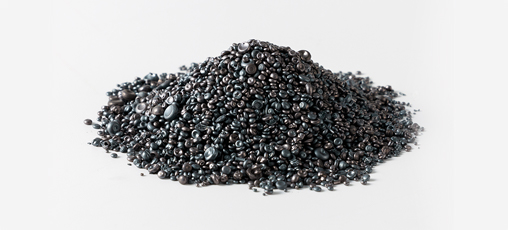
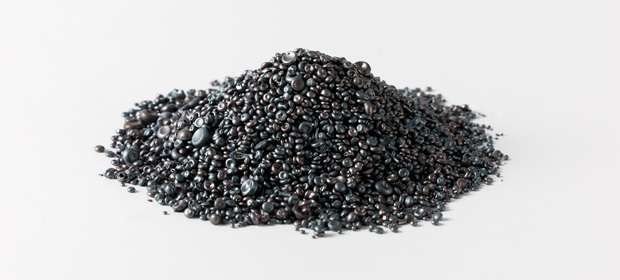
-
Production capacity
680 t/y
-
Uses
Glass coloring and bleaching agent / Photosensitizer for photocopiers / Copper indium gallium selenide solar cell (CIGS) / Additives for producing pigments, high-purity -
Purity
99.95%
-
Specifications
Properties Unit Specifications Se % > 99.95 Impurities Sb ppm < 200 S ppm < 100 Fe ppm < 50 As, Te, Pb ppm < 30 -
Shipping type
Packing 25 kg/can
(MOQ 1t)
-
-
Tellurium (Te)
Tellurium (Te)
Tellurium is a type of rare metal that is mixed in small amounts in natural sulfides. It is a silvery-white metalloid with a tin-like appearance. It has chemical properties similar to those of selenium and sulfur, and is generally used in alloys, rubber curing agents, and thermoelectric semiconductors. LS MnM produces 99.99% pure tellurium granules and sells them in 10kg units. Our 4N (99.99% in purity) tellurium manufacturing technology is acclaimed for its technological prowess, having been selected as a project of excellence at the 2009 LS Group R&D Presentation Contest.
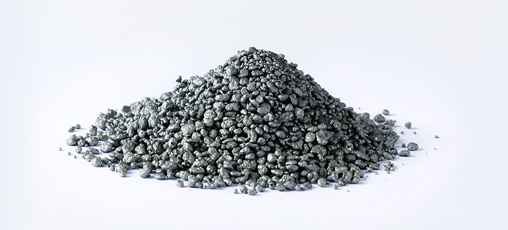
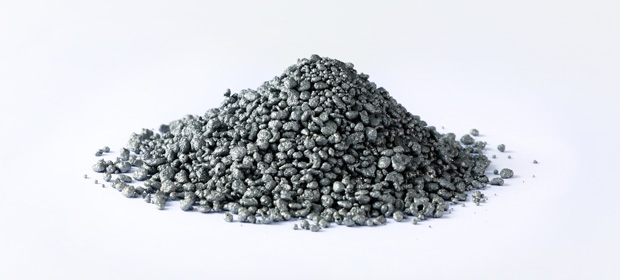
-
Production capacity
50 t/y
-
Uses
Heated seat materials for vehicles / Solar thin-film cell (Cd-Te) materials / Thermoelectric element materials
-
purity
99.99%
-
Specifications
Properties Unit Specifications Te % > 99.99 Impurities Cu ppm < 20 Pb, Fe, Na ppm < 10 Se ppm < 5 -
Shipping type
Packing 10 kg/can
200 kg/box
(MOQ 200kg)
-
-
APR (NH4ReO4)
APR (NH4ReO4)
APR stands for ammonium perrhenate, the chemical formula of which is NH4ReO4. This white, water-soluble powder, can be processed to obtain rhenium. Rhenium is a silvery-white lustrous metal with the highest melting point second only to tungsten and carbon, and the highest boiling point among all the elements. Due to these properties, it is mainly used in industrial sectors that require durability against factors like high temperature and abrasion. Usually processed as an alloy rather than rhenium itself, most of its demand comes from the aerospace sector, which accounts for more than 70% of the entire demand. It is also used as a catalyst in the refining process of petroleum.
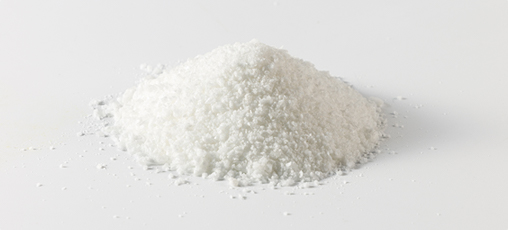
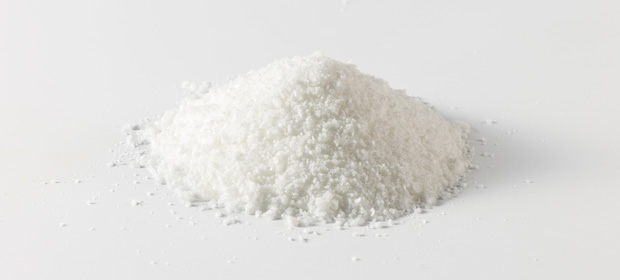
-
Production capacity
3,600 kg/y
-
Uses
Turbine blades for airplanes / Petrochemical catalysts, etc.
-
Specifications
Properties Unit Specifications Re % > 69.0 H2O % < 0.1 For forest fire % < 1 Impurities Al, Ba, Be, Ca, Cd, Co, Cr, Cu, Fe, K, Mg, Mn, Mo, Na, Ni, Pb, S, Sb, Ti, Zn, Zr ppm < 500 Cl + Br + NO3 ppm < 3,500 -
Shipping type
Packing 5 bag/Plastic (2.5 kg/bag)
-
Privacy Policy
LS MnM
이와 관련한 고충을 신속하고 원활하게 처리할 수 있도록 하기 위하여 다음과 같이 개인정보 처리방침을 수립·공개합니다.
이 개인정보처리방침은 2021년 9월 1일부터 적용됩니다.
제1조(개인정보의 처리 목적)
< LS MnM>(은(는) 다음의 목적을 위하여 개인정보를 처리합니다. 처리하고 있는 개인정보는 다음의 목적 이외의 용도로는
이용되지 않으며 이용 목적이 변경되는 경우에는 「개인정보 보호법」 제18조에 따라 별도의 동의를 받는 등 필요한 조치를
이행할 예정입니다.
민원사무 처리
1) LS MnM 메인 홈페이지 Q&A : 업무 또는 기타 건에 대한 문의 등의 대응을 위한
정보수집
2) 채용 사이트 : 채용전형의 진행, 진행단계별 결과 등 채용정보 안내 및 인재풀 구성
3) 온산공장 방문신청 : 공장 방문인원의 신원 확인 및 안전 보호조치를 위한 정보 확인
< LS MnM>(‘LSMnM.com'이하 '회사 홈페이지')은(는) 「개인정보 보호법」 제30조에 따라 정보주체의 개인정보를
보호하고
이와 관련한 고충을 신속하고 원활하게 처리할 수 있도록 하기 위하여 다음과 같이 개인정보 처리방침을 수립·공개합니다.
이 개인정보처리방침은 2021년 9월 1일부터 적용됩니다.
제1조(개인정보의 처리 목적)
< LS MnM>(은(는) 다음의 목적을 위하여 개인정보를 처리합니다. 처리하고 있는 개인정보는 다음의 목적 이외의 용도로는
이용되지 않으며 이용 목적이 변경되는 경우에는 「개인정보 보호법」 제18조에 따라 별도의 동의를 받는 등 필요한 조치를
이행할 예정입니다.
민원사무 처리
1) LS MnM 메인 홈페이지 Q&A : 업무 또는 기타 건에 대한 문의 등의 대응을 위한
정보수집
2) 채용 사이트 : 채용전형의 진행, 진행단계별 결과 등 채용정보 안내 및 인재풀 구성
3) 온산공장 방문신청 : 공장 방문인원의 신원 확인 및 안전 보호조치를 위한 정보 확인
Image Info Processing Equipment Operation & Management Policy
LS MnM


서비스 준비중입니다.
